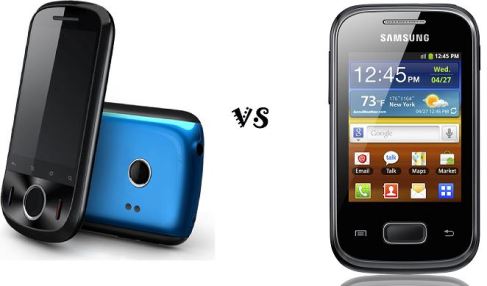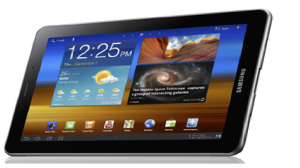Always remember where you’ve come from…history is always important…helps us reminisce, improve on past mistakes, know where you are know and also know where you’re headed. In tech it helps us appreciate where we are at now, note what we are changing to and to see where we are failing.
So, This is my History:
Sagem MW3020 (’03)
It was announced in 2001, weighing in at a solid 112g, and had a feature list that a kabambe can confidently laugh at.
•Phonebook – 50 Call records + 10 short messages
•Messaging – SMS
•Browser – WAP
•Clock – Yes
•Alarm – Yes
•Games – Yes
Clock & alarm were FEATURES…but I loved this phone non the less
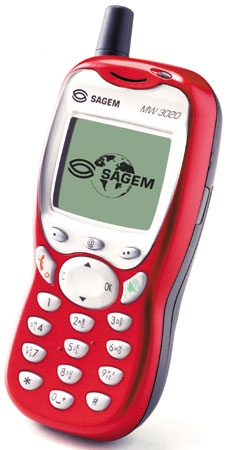
Sagem MW3020
Nokia 3410 (’04)
I didn’t have the privilege of owning a 3310 so I had the next best (+ improved) thing. I don’t even know what had improved…maybe the shape?? Anyway this was phone number 2…weighing in at 114g. Maybe mass texting was the improvement + the support of more stored texts.

Nokia 3410
Sony Ericsson k700 (’05) – my forever love.
Finally we walk into a real & majestic device. This phone ushered the future… it was the 1st AIO (all in one) device. What didn’t it have… maybe just a bigger screen cause 1.7′ doesn’t cut it any more, + 65k colours will be frowned upon today. It strengths were a good VGA camera, flash Bluetooth, Infrared, FM radio, 40MB inbuilt storage, 500 contacts storage, solid build, good software. This was an EPIC phone.
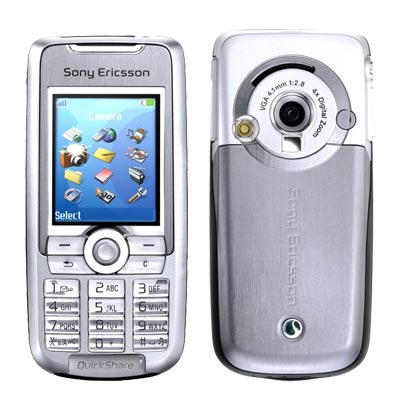
Sony Ericsson k700i
Samsung D500 (’06)
This was a temporary phone I had… honestly not much of an upgrade from the k700 maybe the slide build not a mono block… it also had a 1.3 MP camera… multitasking was not possible with this one…either you read a text or listened to music. The screen was good….bigger & brighter standing at 1.9′ + memory now stood at 90MB.

Samsung D500
Sony Ericsson k750 (’06) – my Baybe…
This was it… the k700 perfected… multitasking was introduced, the best 2.0MP camera…had no worthy competitor. It was the best in it league. Had 40MB internal storage + upgradeable to 2GB using a Mem Stick Pro Duo. Upgraded to Bluetooth 2.0 + 1.8′ 256k screen. This phone is still one of my all time favourites. 900mAh battery… with all kinds of connectivity besides Wi-Fi & GPS. This phone went for KSh 26,000 in the local shops in ’06…imagine what you can get for that now…

Sony Ericsson k750i
Sony Ericsson k770 (’08)
I wasn’t financially stable then but needed a new phone. The k770 again an upgrade from the k750 was my best low cost fit. Costing me KSh 12,000. Had the best 3.2MP camera + a bigger 2′ screen. The build was metallic… a truly solid phone.
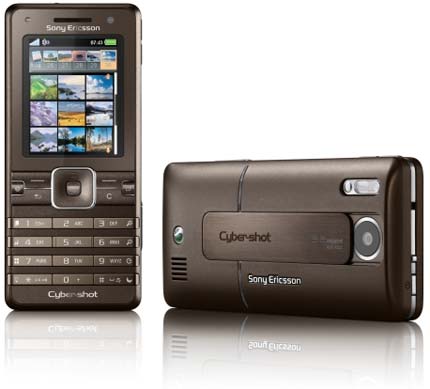
Sony Ericsson k770i
Samsung Galaxy S (’10)
I decided to rejoin the big league & got myself my 1st DROID. Have never been an Apple fan from the start so I was happy I had choice, & then it was this vs the 1st Xperia. My love for Sony Ericsson was beaten by the fact sheet Sammy pulled out…this was the best phone of 2010 by a mile (in my opinion).

Samsung Galaxy S
Samsung Galaxy S2 (’12)
My former phone got stolen (my 1st loss) so had to get another…made the mistake of buying this phone…model no# i9100g that ‘g’ is what I hated the most. The g was/is a substandard model of the phone only sold to 3rd world countries. They had changed the internals which led to poor support amongst the tech community as most had & were developing for the original (i9100). So lesson learnt is that model numbers ni muhimu (are important). Plus it was white…white is such a hard colour to maintain.
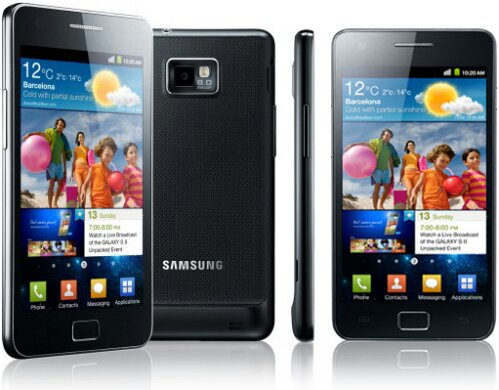
Sansung Galaxy S2
Samsung Galaxy S3 (’12)
My gem… this phone is a BEAST. As I do this article on it I can’t help but marvel at its abilities & strength… only flaw is its plastic build which honestly you can live with… Oh! + its FRAGILE….this ain’t the 3310…a drop can shatter it.

Samsung Galaxy S3
Other game changers must be acknowledged…..
Nokia 3310 (2000)
This was it…the indestructible behemoth of a phone. We shall never forget you. To date has sold over 136 million units.
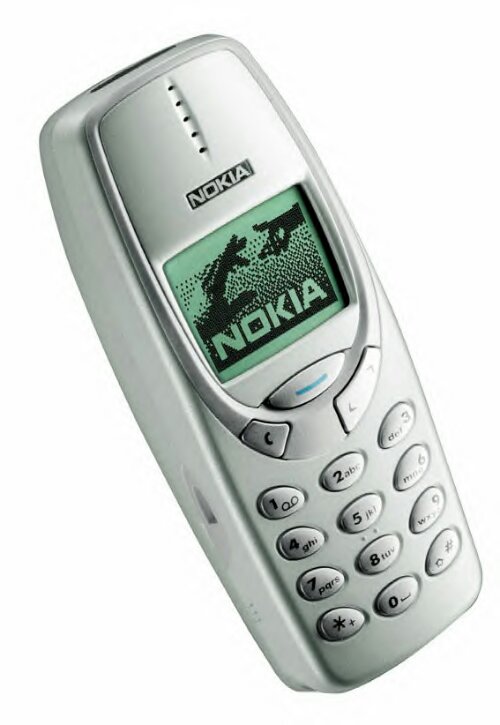
THE Nokia 3310
Creative jokes have been made about this harder/tougher than life phone.
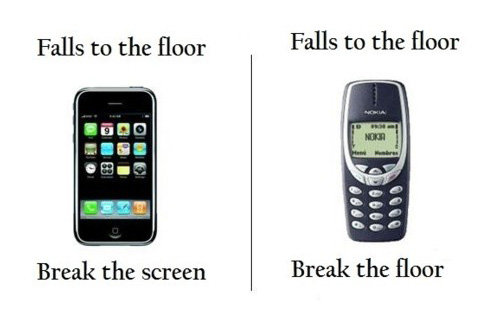
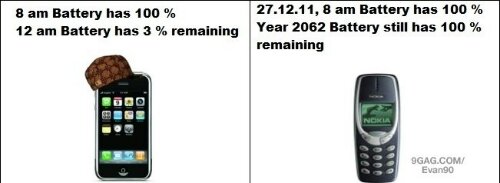
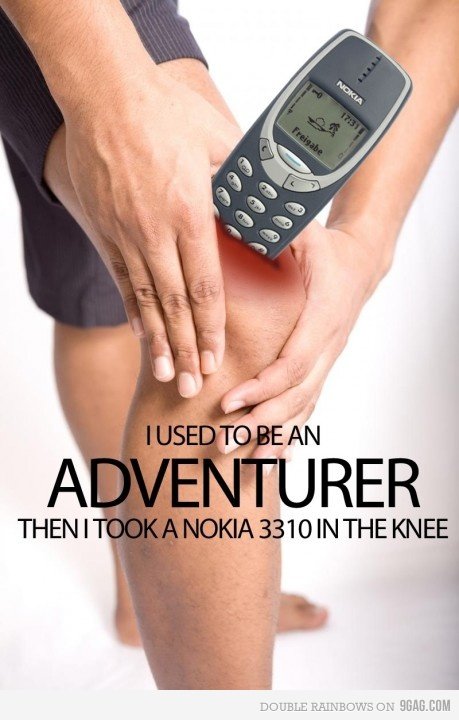
Nokia 6230 (2003)
Nokia’s equivalent of the k700. I prefered the k700 though but this was a worthy competitor and a game changing device.
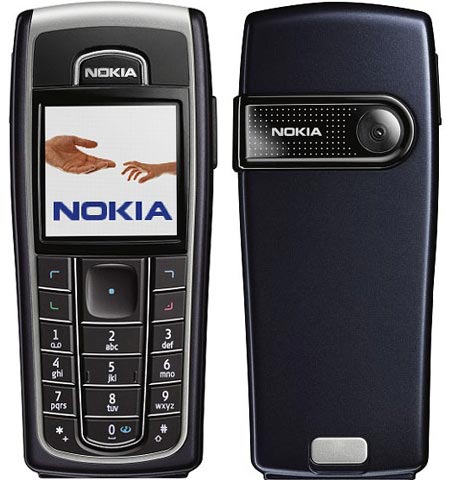
Nokia 6230
Nokia Nseries
The Not-affordable series that just oozed class. The Nokia Nseries is aimed at users looking to pack as many features as possible into one device. They were top of the range having the best in every field, from multimedia, camera (Carl Zeiss Optics), screen size etc. They were the ‘it’ phones.
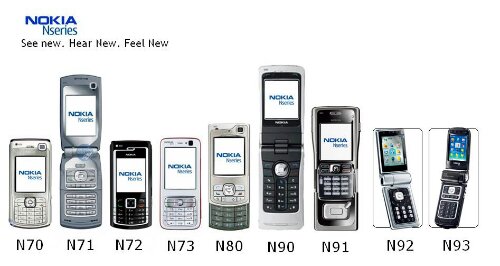
Nokia Nseries
Nokia E63 (2008)
“No fancy spoils, the Nokia E63 means business and brings connectivity and messaging together in a sharp and reliable package. Certainly a no-thrills mobile, the E63 does its jobs with no fuss and at a fair wage. Well, who would frown at that?” This is what GSM Arena had to say about this classic phone that ushered the many (affordable) QWERTY Nokia phones we see today…they all get their roots from the E63. The E63 also borrowed its roots from the not so recognized E71 & E61.
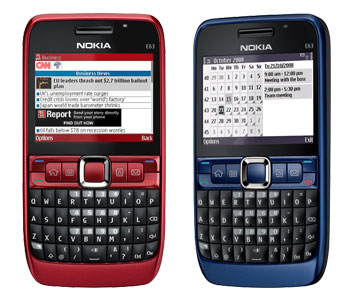
Nokia E63
Original iPhone (2007)
What more can I say about this…all touch phones hail from here…forever indebted to Jobs the visionary of our generation.
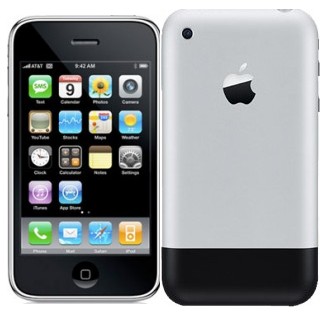
THE iPhone
What I’ve noted is that phones are rapidly encroaching on laptop/computer territory & that multimedia is the key area of growth. We seem to be failing in battery life…and durability of our devices. The screen sizes seem to be increasing exponentially.
What makes me happy is that 12 years from now the Galaxy S3 will be a relic like the 3310, a true pioneer.
So, where have you come from? What’s your history & what do you like/love/hate about your history? Hit us up on the comment section below.












